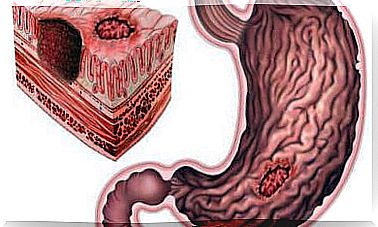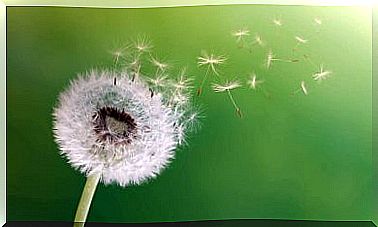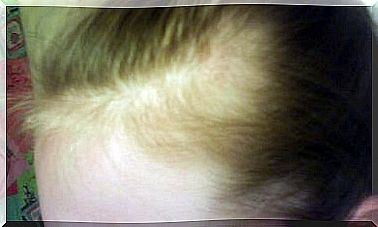What Is Schistosomiasis And How Do You Get It?
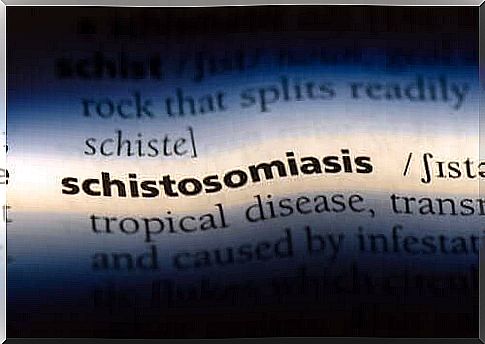
Schistosomiasis is a parasitic disease caused by the Schistosoma parasite. This condition is also known as bilharzia. According to the biological classification, the parasite in question is a trematode, a type of worm.
Global data on the spread of the disease is striking. It is mainly found in Africa, Brazil and Asia. However, eighty-eight countries have confirmed the transmission of this disease on their territory. It is estimated that 200 million people are infected and another 800 million are at risk of contracting this infection.
The last relatively reliable study calculating the number of deaths from this disease was conducted in the year 2000.
At the time, the World Health Organization estimated that there were 200,000 deaths every year from this disease. This figure has probably fallen due to the higher use of antiparasitic medications.
Schistosomiasis, a parasitic disease
The parasite in question is the only one within its biological family that can penetrate the skin. That’s the advantage it has when it comes to infecting people. Since schistosomiasis is a parasitic disease, it needs a host. The species harboring these ‘dear guests’ are humans and the freshwater snail.
Within the infection cycle, the freshwater snail acts as an intermediate carrier. Inside this small animal, the Schistosoma completes part of its growth cycle. It then swims to the human, where it remains.
If we had to summarize the life cycle, the following stages would describe it pretty well:
- The parasite’s eggs reach water sources through feces or urine from a previously infected human.
- In the water, the eggs release the parasite in a phase called miracidium.
- The miracidia penetrate the skin of a freshwater snail.
- The parasite grows in the snail and then reaches a stage called cercaria.
- The cercaria (or larvae) leave the snail’s body and swim in freshwater sources until they find a human host.
- At that time, the parasite enters the human body through the skin.
- In the body, the parasite reaches the blood vessels and then migrates to the liver. In the liver it matures further to become an adult parasite.
- Adult parasites settle in the human bloodstream and reproduce by laying eggs. They can thus restart the cycle when the human releases eggs through feces or urine. In addition, this parasite can also live in other organs, causing various symptoms.
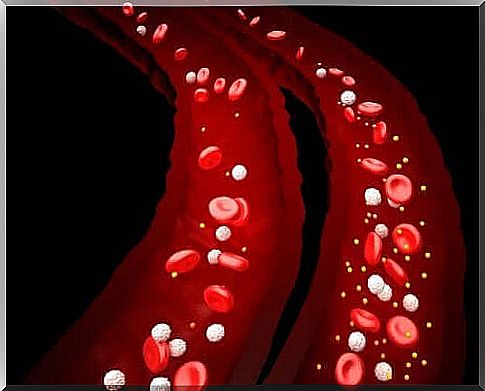
The symptoms of schistosomiasis
The first sign of schistosomiasis is the wound that appears where the parasite entered. A rash and discoloration of the skin usually appear in this place . In some cases, the rash can appear up to a week after the parasite has entered.
The condition that follows is known as Katayama syndrome. It is the result of the human body’s response to the eggs of adult parasites that have reproduced in the body. The following symptoms may occur:
- Fever
- A general feeling of malaise
- Myalgia or muscle pain
- Fatigue
- Diarrhea
- Hematuria or blood in the urine
From here, the infection can become chronic and progress to persistent versions of parasitosis. The most common chronic versions of the disease are:
- Gastrointestinal: Eggs adhere to the intestinal walls. The wearer alternately experiences diarrhea and constipation, as well as blood in the stool. In severe cases, the wearer may experience intestinal obstruction.
- Hepatic: Eggs remain in the liver and cause inflammation and enlargement of the liver. They can cause blockage of the hepatic blood vessels, leading to portal hypertension.
- Urogenital: Eggs lodge in the urinary tract and blood appears in the urine. If this condition develops, it is possible that the nephrotic syndrome appears, in which the kidney eliminates proteins. The deadliest consequence is renal failure. This happens when the kidneys can no longer perform the necessary functions.
Treatment methods
Once a medical specialist has diagnosed this particular parasitic disease, the drug of choice is antiparasitic medication. A microscopic examination of the stool or urine can properly diagnose this.
By using a microscope, you can easily discover the eggs of this parasite. They have a characteristic shape. In some cases, the eggs are not visible until two months after they have penetrated the host.

Most often, the doctor chooses antiparasitic praziquantel. Several scientific studies support its effectiveness. The World Health Organization also distributes this drug free of charge. Alternative treatments have also been proposed, such as ivermectin. However, so far studies have not shown that this drug is more effective.
Prevention
This type of parasitic infection is often caused by exposure to fresh water or drinking contaminated water. It especially happens if people have been swimming in the water for more than thirty minutes or doing other activities there during this time. That is why it is important to keep this in mind and to take the right preventive measures.
In areas where this disease is endemic, such as in Africa or parts of Brazil, samples should be taken from wetlands where people swim, bathe, fish or do laundry. In addition, it is also important to regularly check and monitor fresh water used for watering crops.





